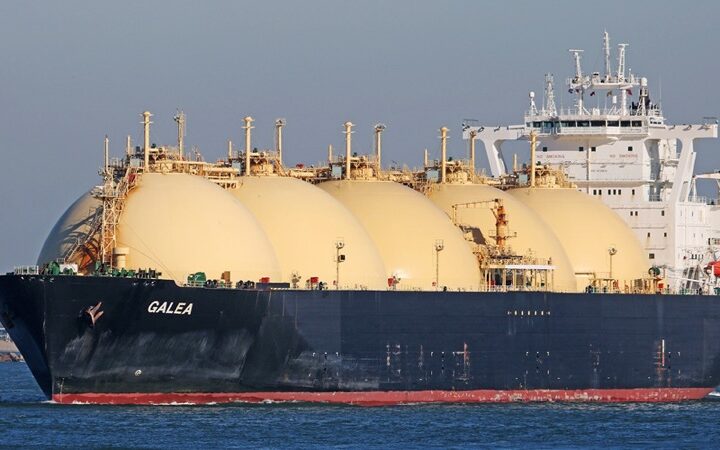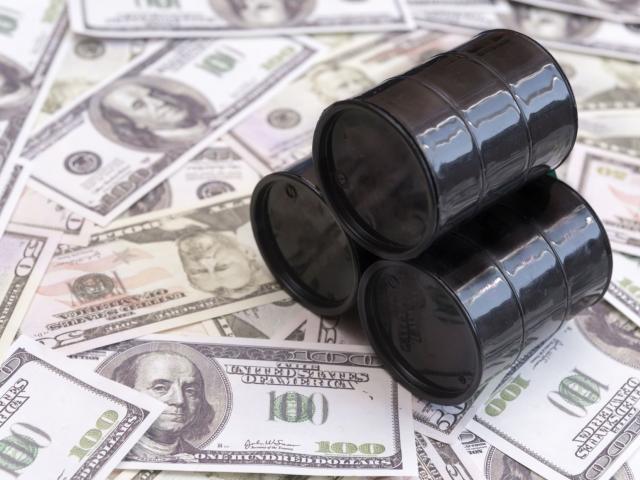.
By Oren Laurent
President, Banc De Binary
 Global analysts are going to be glued to economic indicators in the run-up to the September 16-17 Fed FOMC meeting. What is being billed as possibly the most important economic announcement out of the US for the year has pundits split down the middle. The issue of course is whether or not the Fed will hike interest rates from their present rate at 0.25%. Federal Reserve Bank chairperson Janet Yellen has not given anything substantive away in the lead up to the policy decision this week. However, sentiment expressed by the vice-chairman Stanley Fischer indicates there is a possibility of a rate hike this time around.
Global analysts are going to be glued to economic indicators in the run-up to the September 16-17 Fed FOMC meeting. What is being billed as possibly the most important economic announcement out of the US for the year has pundits split down the middle. The issue of course is whether or not the Fed will hike interest rates from their present rate at 0.25%. Federal Reserve Bank chairperson Janet Yellen has not given anything substantive away in the lead up to the policy decision this week. However, sentiment expressed by the vice-chairman Stanley Fischer indicates there is a possibility of a rate hike this time around.
WHAT FACTORS ARE WORKING AGAINST RATE HIKES?
The precarious predicament of global financial markets is something that has everybody concerned. The Chinese equities meltdown in August saw a dramatic decline in China's foreign currency reserves of $93.9 bln. As China attempted to prop up the yuan by selling USD and buying CNY, currency traders and analysts contemplated the impact of such measures.
It is clear that there are structural cracks in the Chinese economy, and this extends well beyond the recent slump in equities prices. Trillions of dollars have been wiped off global markets since Chinese demand declined. We are also seeing plunging prices in energy stocks, mining stocks and related commodities as a result of weakness in the world's second-largest economy.
ECONOMISTS EVENLY SPLIT ON RATE HIKE POSSIBILITY
It is against this backdrop that Fed policymakers must come to a decision regarding US interest rates. Typically the Fed decision does not take the state of the global economy into mind when making a domestic interest-rate decision. However in this particular instance, there is way too much instability owing to the interconnectedness of global markets. Everyone around the world is talking about the Fed rate hike.
On Thursday, the US central bank will make its announcement after a 2-day meeting of policymakers. Presently, the statistics suggest that there is a 28% likelihood that the Fed will raise its lending rate from 0.25% to 0.5%. If this happens, it will be the first such rate increase in seven years. Economists however are more optimistic than general market sentiment suggests – and they are evenly split on the likelihood of a rate hike.
RATE HIKE – FACTORS TO CONSIDER
There are several factors that point to a rate hike being a real possibility. For example, the US PMI figures for manufacturing and services are all positive and expansionary. Anything over 50 is regarded as a growing economy, and anything under 50 is regarded as a contractionary economy. It should be pointed out that China's PMI numbers are hovering around 47-48 and that is clearly a sign of a contractionary manufacturing sector.
The fact that the US numbers are positive, albeit declining over time, suggests that it is the better performing economy in many ways. Stanley Fischer and Janet Yellen are targeting an inflation rate of 2%, and while that figure has not yet been reached it is not being billed as a prerequisite for a rate hike. There are potential pitfalls to increasing interest rates in the US, and these are being carefully weighed in the run-up to the decision.
For example, a rate hike has the effect of making the cost of borrowed money more expensive. It also places an additional burden on companies that have long-term debts, short-term debts or other long-term loans obligations. This eats into the earnings per share figures and company profitability which ultimately drives the company stock price down on the Dow Jones or the NASDAQ. For these reasons, a rate hike has a contractionary effect on stock markets, but it will certainly boost dollar demand in the short term. At a basic level, rate hikes make it more expensive for homeowners to take out mortgages, and it also makes credit card repayments that much more expensive.
RATE HIKE WILL HAVE SURPRISING REPERCUSSIONS
This fiscal tightening policy will reduce the quantity of personal disposable income but it will simultaneously make it more attractive to save money. The net effect of such measures is unknown. It can be ascertained with a degree of certainty that rate hikes make dollars more favourable to international currency traders, and that will lead to capital flight from emerging market economies. What we can then expect is widespread weakness across BRICS countries and others, plunging demand for commodities which are dollar-denominated and ultimately a decline in US exports owing to the relatively more expensive US dollar.
There are several indicators that show a Fed rate hike is likely, including the increase in the US dollar index from a level of 90 to a level of 95. This indicates not only that the dollar is strengthening against a basket of currencies, but that the US economy overall is in good standing. We must bear in mind that the International Monetary Fund has cautioned central banks against raising interest rates for fear that it will derail the recovery of the global economy. The Fed is likely to take that into consideration at the 2-day meeting this week.
THE US WILL LEAD BY EXAMPLE
However it should not be forgotten that markets do not typically react completely once an economic announcement has been made. These types of decisions and the actions that surround them are factored into market activity long before the announcement itself is made. We cannot discount the fact that high levels of volatility have been driving markets lately, and a Fed hike would finally put paid to all the uncertainty that is swirling around. As a result, relief rallies may take place and equities may in fact reverse their downward trend. And with China slowing down, the world will now be looking to the #1 economy – the US – to lead by example. A Fed rate hike is the clearest such indicator that the US economy is sound!
Please note that this column does not constitute financial advice.
www.bancdebinary.com







